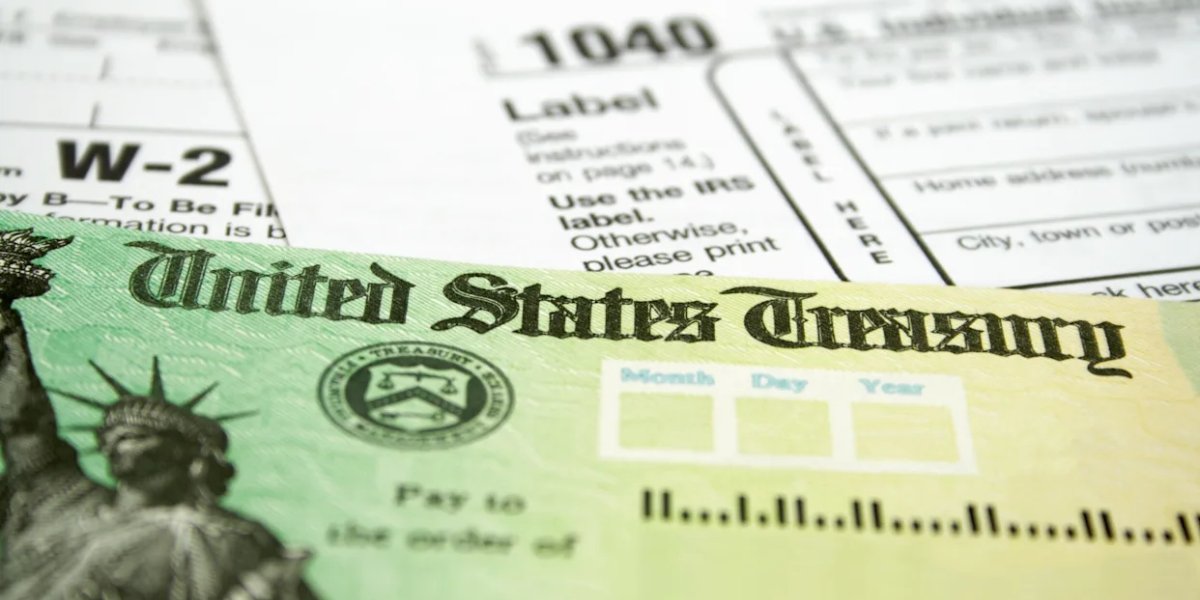Idaho’s meteoric rise in home values has turned many longtime homeowners into millionaires on paper, but now, more than half could be facing a tax on that very success.
Thanks to outdated federal capital gains tax exclusions, Idaho ranks among the top states where home sellers are likely to owe a hidden home equity tax.
According to the National Association of REALTORS, 54.9% of homeowners in Idaho have built up equity exceeding the $250,000 exemption for individual filers. Another 13.8% are over the $500,000 limit for married couples filing jointly. That means nearly 300,000 households across the state could be subject to taxes on what used to be untaxed gains.
How a 1990s tax rule became today’s financial trap
The federal capital gains exclusion was created in 1997 to help protect homeowners from taxes on profits from the sale of their primary residence. The limits—$250,000 for individuals and $500,000 for couples—were generous at the time. But they’ve never been adjusted for inflation.
Meanwhile, U.S. home prices have soared more than 260%. If the caps had kept pace, they would now exceed $660,000 and $1.32 million. In hot Idaho markets like Boise, Coeur d’Alene, and Meridian, price appreciation alone is now enough to push average sellers over those outdated thresholds.
Adding to the burden, Idaho taxes capital gains as ordinary income, with a flat 5.8% income tax rate. When combined with federal capital gains taxes, sellers may face a significant bill—sometimes without even realizing they’ve crossed the limit.
Idaho’s red-hot market triggers the “stay-put” penalty
The growth in home values across Idaho has been nothing short of explosive. According to NAR estimates, the average homeowner exceeding the exemption in Idaho stands to be taxed on $162,121 beyond the $250,000 cap. For those over the $500,000 joint limit, the average taxable gain climbs to $173,491.
These numbers aren’t just affecting high-end sellers. More middle-class owners are learning the hard way that capital gains tax on a home sale can apply to them too—particularly if they’ve owned their home for more than 15 years.
The outcome? Many are choosing not to sell. Economists call it the “stay-put penalty”—a powerful incentive to remain in place, even if it’s time to downsize or relocate. The result is a housing market slowdown, even in regions with high demand.
Projected exposure will climb by 2035
By 2035, nearly every Idaho homeowner could be facing a tax hit: 93.7% are projected to exceed the $250,000 capital gains exemption, and 68.1% will blow past the $500,000 mark. In short, tax exposure is on track to become the new normal for sellers across the state.
In rapidly growing counties like Ada and Kootenai, these figures are likely even higher. And for an aging population hoping to tap into home equity to fund retirement, the tax bill could significantly erode expected profits.
A push for tax reform is underway
To solve the issue, housing advocates are backing the More Homes on the Market Act, a bipartisan proposal that would double the exemption limits and tie them to inflation.
“Equity shouldn’t be a trap,” says Shannon McGahn, chief advocacy officer at the National Association of REALTORS®. “It should be a stepping stone for the next chapter”.
Until policy catches up, Idaho homeowners should prepare carefully. Understanding how capital gains tax applies to your real estate is essential—especially for those who bought before the boom and are now thinking about cashing out.




